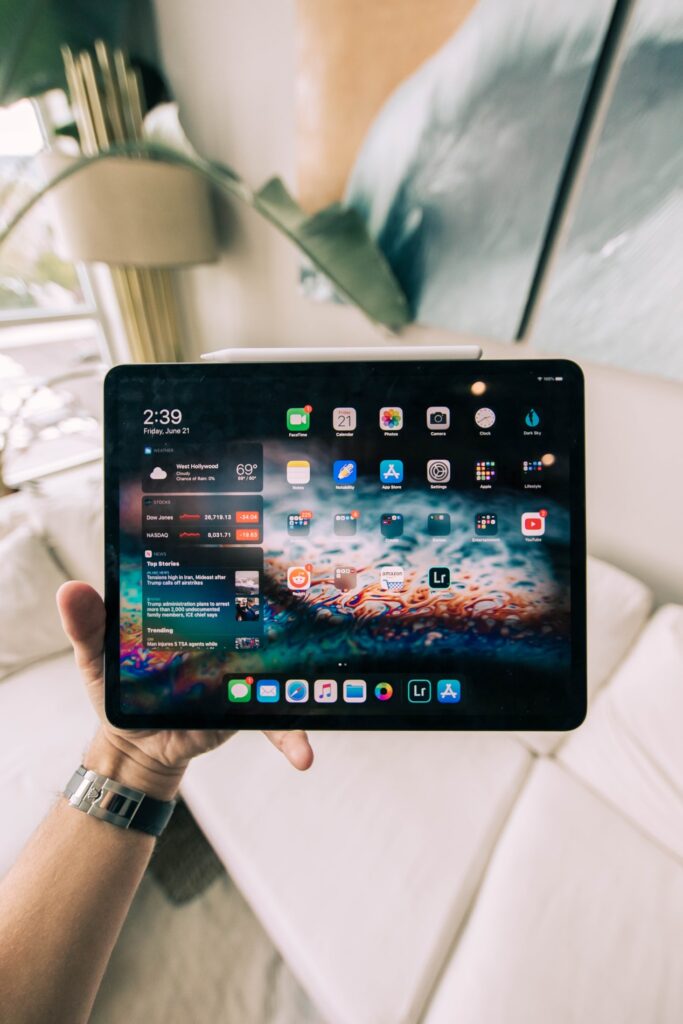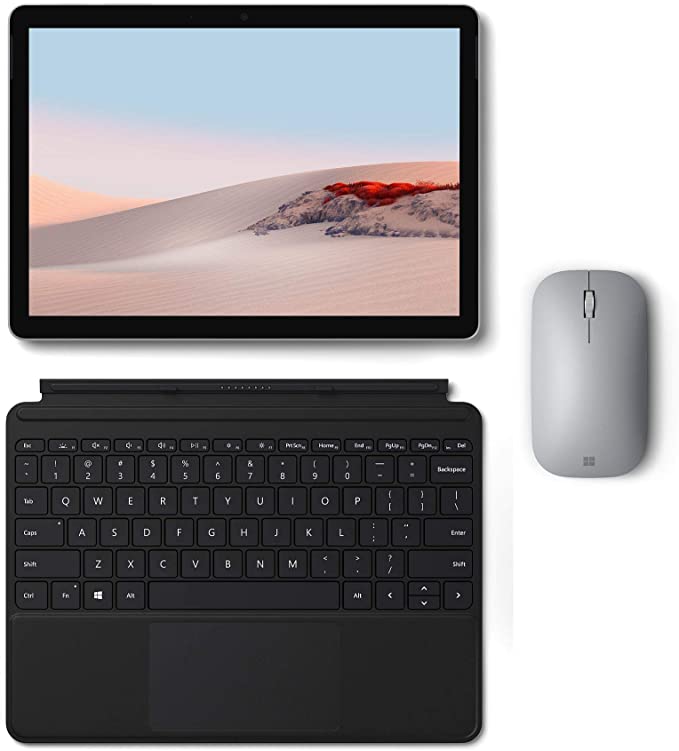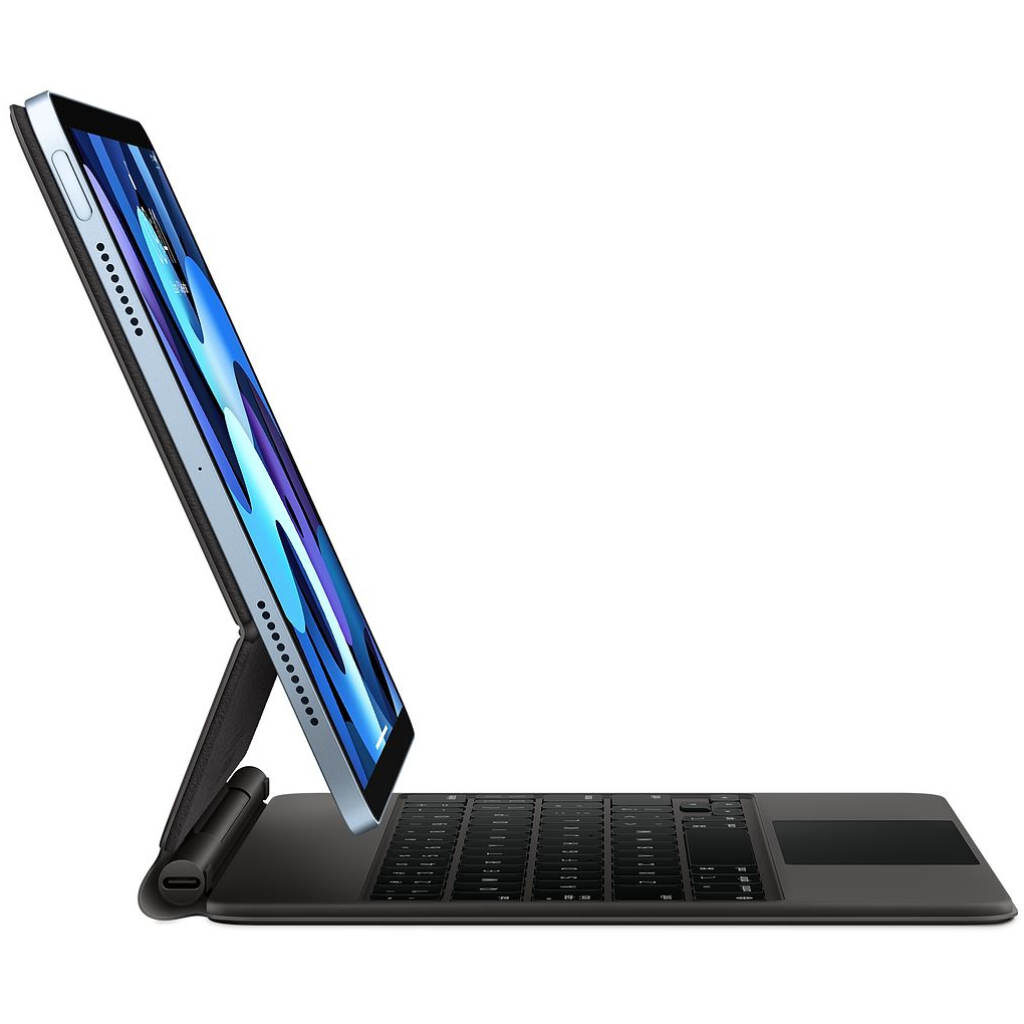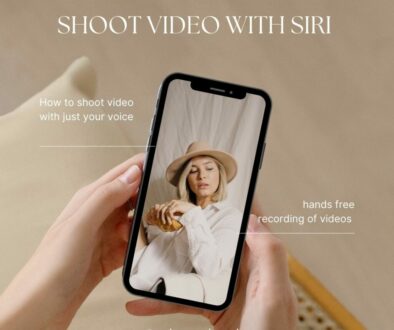Choosing a Large Tablet over Laptop for School: How to pick the right tablet for education
Technical support is becoming a thing of the past with people turning to mobile solutions for their daily computing needs. The hardware and operating systems powering today’s devices such as tablets and smartphones need very little maintenance. Plus, updating software is quick and easy. That is why students are choosing these over a full size laptop.
With mobile learning set to become the norm in 2021, students are using more and more of their smartphones and tablets for learning. Zoom, Google Classroom, Teams, Google Docs being the chosen apps by educators to engage with students remotely are readily available on these devices. This makes large tablets the go-to choice for learning.

Benefits of Using a Large Tablet over Laptop
Other benefits for choosing a tablet over laptop apart from low maintenance is its instant-on feature, energy efficiency and apps that load quickly. These make them great for everyday computing needs. Students are no exception, as they get back on with their lives and attend school as normal or not, mobile solutions are playing an increasing role in education.
More powerful: With efficient mobile operating system, lightweight applications and powerful chip, modern large tablets are performing just as well if not better than their laptop counterpart. Think Apple Silicon. The M1 chip now powering desktop and laptops came from the company’s generations of smartphones and tablets. Apple even claimed that their tablet is more powerful than today’s high-end laptops.
Easier to use: Use of tablets and smartphones is second nature for today’s toddlers, children, students and even geriatric. No training is required to familiarise yourself with the system. It is intuitive, easy to use and friendly. Just pick up any tablet, whatever the operating system, with its touch display and easy to learn gestures, you will be app surfing in no time.
Flexible: Finally, with the right accessories such as smart cover with stand, type cover with Bluetooth keyboard and stylus for pen input, you not only have a tablet that lets you consume media, browse the web and read electronic textbooks, but take part digitally. Students can use them to access their school’s online learning environment, learn from discussions, complete assessments, and get meaningful feedback.
Take it further: Tablets are breaking barriers and creating new ways of working. Designers and creators are using it to push out content, digital artwork, video and images. Students can take advantage of this too to create, edit and share graphics, images, photos, videos, podcast and music right from their tablet.
Today’s hardware needs wouldn’t be as easy to determine, given that larger tablets can now essentially function as baseline laptops or sometimes laptop replacement ‘beasts’. So, how to choose the best large tablet for school?
How to Choose the Best Large Tablet for School
If you happen to be one of those students, or is a parent/guardian concerned with the same issues for their kids, then this is the guide for you. We have assembled a list of things that you need to consider.
Education in 2021 will continue to differ greatly from the traditional classroom based teaching and learning. With things moving online, a good tablet is going to boost your learning with instant-on, always connected & apps. Share on XWhich Large Tablet Size is the Best?
The first question to asks is how big is large? Within the larger size categories, tablet sizes are mainly divided into 10-inch, 11-inch, and 12~13-inch models. Larger tablets, between 11-13-inch are likely to be the PRO-level tablets from the family of tablets offered by manufacturers such as Samsung and Apple and are likely to cost more. At a glance, these three sizes may seem functionally the same, but there are different factors to consider if they are to be used for school:
- 10-inch – the standard large tablet size for most traditional paper or book applications. This will still serve the purpose of a study machine for various interactive exercises, with a screen large enough for reading material comprehension. External peripheral compatibility is possible, but a little impractical, due to how significantly smaller the screen is compared to standard laptops. That said, tablets with 10-inch displays are not only lighter but take up the least space with a small footprint therefore more portable.
- 11-inch – hardly any bigger than the next step below it, but that extra diagonal 1-inch size actually provides good room on the display for a full computer experience. Depending on the make, peripherals and adapters can be connected easily to convert it into a laptop. 11-inch is essentially the sweet spot of convertibility, (tablet to laptop) so long as the tablet supports this. Otherwise, take a step back and go for 10-inch tablets instead. It is not too big to lug around and use with one hand and not too small to compromise on usability.
- 12~13-inch – at this size, it can already be compared to actual laptops, and that is precisely how a 12-inch tablet should be expected to work. So, for most applications that need input, 12-inch and 13-inch tablets will usually be the go to device, especially when configured as a laptop or even as a desktop with external display and docking station. Reading exercises may not be as recommended in tablet mode due to its size and weight, but it’s workable. The real promise has to be its PRO-level prowess. A tablet with can-do attitude once you have mastered it for the right applications.
List the Applications Your Are Going to Use
Judging from the size of the tablet alone does not give you a full picture when choosing a large tablet for school, but it is a start. Think of what you would like to achieve with the tablet. Will it work better on a big or smaller display? Also, take into consideration the apps you are likely to use.
Creator apps such as Photoshop, Garage Band, ProCreate, Morpholio Trace and iMovie work better on a big screen. Make a list of applications you will use and are likely to use on the tablet. Find a substitute for them if they are not available for your chosen platform i.e. Android, Chrome, iOS or Windows S. Also consider applications that are integrated and specific to the OS such as to do, notes and reminders.
Lastly, consider the productivity suite you will use on the tablets and how this fits in with your school. Google Workspace (G Suite), Microsoft Office 365 and iWorks (Pages, Numbers and Keynote) are your options on tablets but Apple’s offerings are exclusive to iOS devices only.
Looking for a big tablet for school? Here’s a good place to start. Everything you need to know to take learning online. Share on X
How Should Tablet Specifications Be Prioritized?
Hardware-based features are perhaps far more important when purchasing a large tablet for any educational purpose. Here, we discuss the how one prioritizes one specification over another.
- CPU – any sufficiently up-to-date or advanced octa-core CPU will do, as its clock frequency should also be good enough for most digital document-based apps, email and web. Consider faster processors if you are likely to use processor intensive tasks such as 3D rendering, augmented reality, editing and finalising videos, compiling codes, modelling and working on high resolution images.
- GPU – any modern or up-to-date mobile GPU will be sufficient. Unless you intend to use a lot of 3D applications, the tablet should be able to handle most multimedia content you can throw at it. If 3D design, AR and product design app is what you intend to use the tablet for, make sure it comes with a powerful GPU.
- Memory – at least 2GB of RAM is the absolute minimum in tablets (and smartphones) today. If possible though, you should pick one with up to 4GB to provide a much wider room for more data-demanding apps. That said, tablet OS and applications written for them are super efficient at managing memory usage.
- Storage – a minimum of 32GB of internal storage should be enough for the OS and most apps, including all of your basic school-related app and file needs. Consider one that supports extra (SD card) storage and this should be as big as possible, around 128GB or more. Storage is a premium. Manufacturers charge more for the same device with bigger storage. If you see yourself editing photos, creating videos and mixing music, get a tablet with the biggest storage that your budget allows.
- Screen Resolution – at 10-inch and above, you should aim for Full HD 1080p at minimum. If the resolution would compromise your budget (on an expensive 4K screen model, for example), dial back down and choose something in between. Again, it won’t matter much to the ordinary user but if you are a creator, be it graphics, video or photos, the extra sharpness, colour accuracy and detail are important.
- Battery Life – this might come as a surprise, but you don’t actually need a tablet that lasts a whole day for school applications. Just enough for you to plug it on an outlet or power bank during break sessions even if you started with 30% to 40% capacity. If you prefer battery life over performance, search for tablets with moderate specs but have bigger battery capacity in the 6000+ mAh range. Having said that, most tablets are designed to last you through the day, just remember to charge it the night before.
- Mobile Connectivity – as the tablet will be used for school, current WiFi and Bluetooth 4.2+ should be sufficient, and mobile SIM card support shouldn’t be required. But if you absolutely must add the feature, then prepare to fork over more cash for the investment. LTE models may have come down over in price over the years but it is the data plan that is going to hit you in the long term.
- Microphone – most competitively spec-ed tablets today offer decent mic hardware, at least decent enough for basic VoIP messaging and video calls. If you are going to do a lot of that, check the location of the microphone and the way you use the tablet does not hinder its operation.
- Speakers – don’t even bother with sound quality. If you can get it cheap, just deal with its mediocre speakers using headphones (or external speakers). As a school-centric tablet, it will be mainly for visual multimedia anyway. Be prepared to invest in a good pair of wired or Bluetooth headphones if you are a creator. Sample and mix away to your heart’s delight on your tablet to produce your next top of the chart music.
- Camera – like speakers, they’re not as important, but at least choose a front-facing camera that provides stable frames during VoIP calls and will be able to capture HD resolution images for sharper in call video. It will pay for itself when you have to spend hours on zoom sessions and online classes.
- Authentication Features – pretty much a staple for most mobile devices today, so you can skip this as a consideration. Be it fingerprint, secure pin or facial recognition, there is a secure way to unlock and authenticate when using the tablet.
- Operating System – iPads are, of course, locked to iPadOS/iOS, and Surface units will always be Windows 10. But for Android units, you can go for the more production centric Chrome OS, or simple and easy-to-use Android. As to which one to pick, this is down to the apps that you use the most or intent to use and their availability in the respective App store. While most apps are written for cross platform and different OS, some may be exclusive. So, make a list of apps, what make sure you can get them on your chosen OS.

To summarise, we looked at the benefits of choosing a large tablet over laptop, which size tablet to go for and how to prioritise the specifications in choosing the right tablet for school. Next head over to our list of essential apps for school and recommendations for the best Android tablets bigger than 10-inch.

















